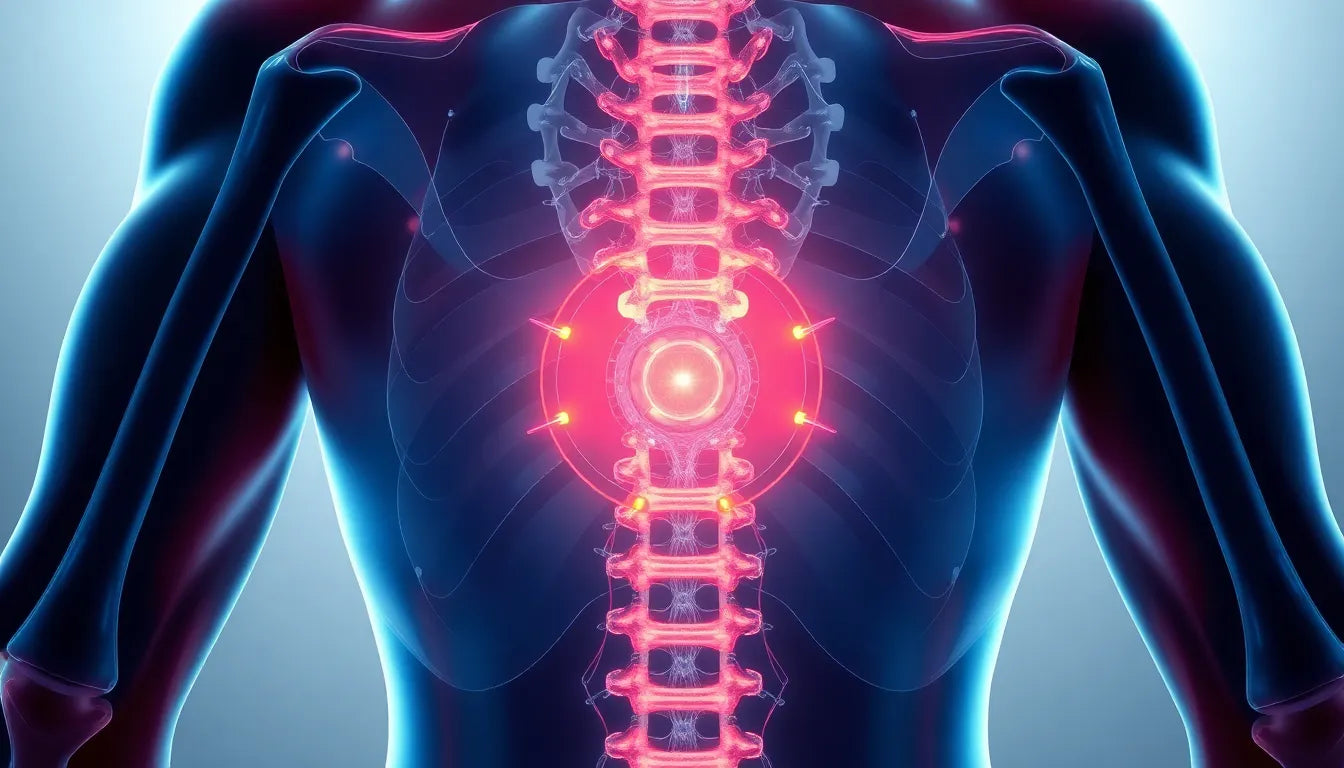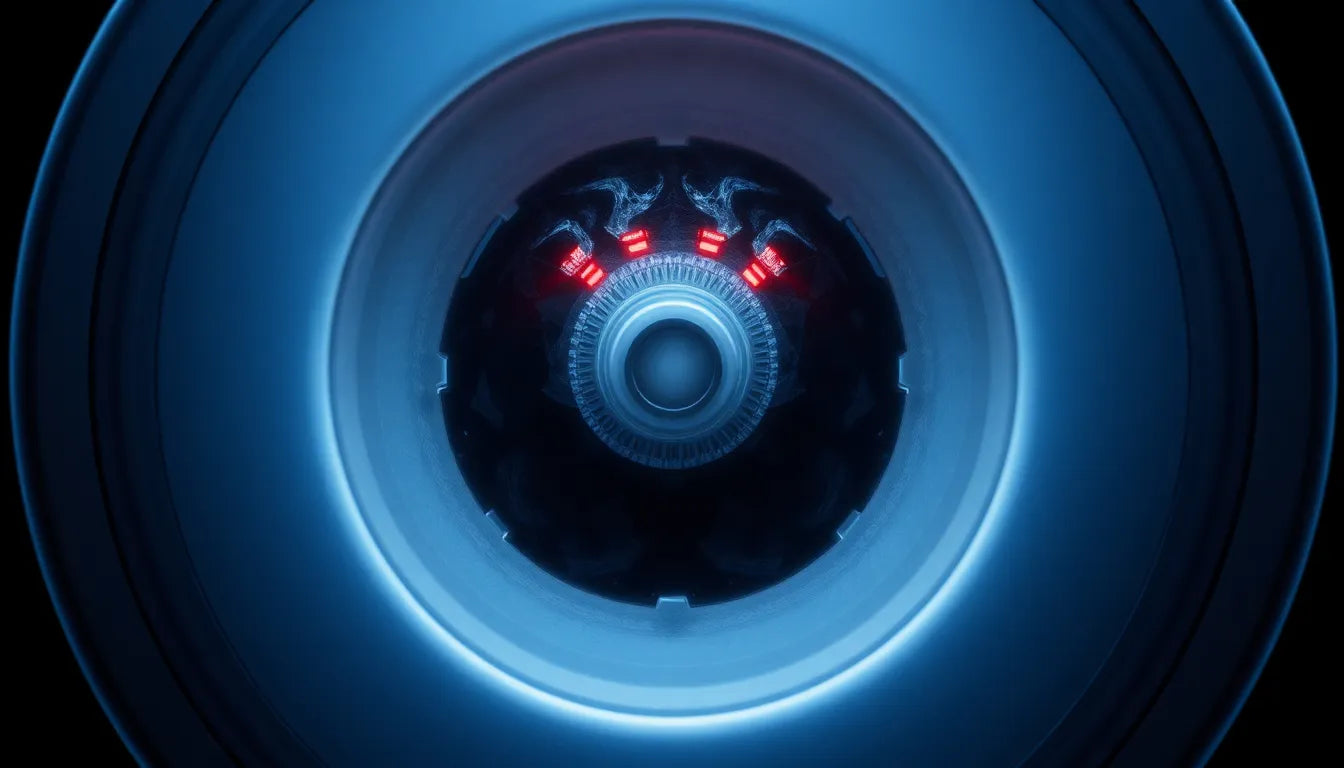Have you ever experienced a sudden, sharp pain in your back that radiates down your leg, leaving you wondering if it’s something serious? This unsettling sensation might be more than just a fleeting discomfort—it could be a sign of a herniated disc, a condition that affects many individuals, particularly those involved in physically demanding activities or experiencing age-related spinal changes. Understanding the early signs of a herniated disc is crucial in preventing further complications and ensuring timely medical intervention.
A herniated disc occurs when the soft inner gel of a spinal disc pushes through its tougher exterior layer. This protrusion can compress nearby nerves, leading to a variety of symptoms that can significantly impact daily life. While the condition is common, it is often misunderstood, leaving many to overlook or misinterpret its warning signs.
Understanding herniated disc symptoms
The focus of this discussion is to help you identify the warning signs of a herniated disc in the back and recognize the importance of seeking medical advice when necessary. Early detection is key to managing the condition effectively and avoiding potential complications. By being aware of the symptoms, you can take proactive steps to address the issue and maintain your quality of life.
Common symptoms of a herniated disc include localized back pain and discomfort that may extend to the legs, often referred to as sciatica. This pain can be sharp, burning, or even feel like an electric shock, and it typically worsens with certain movements or prolonged sitting. Additionally, neurological symptoms such as numbness and tingling in the legs or feet are common indicators of nerve compression caused by a herniated disc. Muscle weakness, particularly in the legs, can also occur, affecting mobility and balance.
In rare but severe cases, a herniated disc can lead to cauda equina syndrome, characterized by bowel or bladder dysfunction. This condition requires immediate medical attention to prevent permanent damage.
Recognizing these signs and understanding their implications is vital for anyone experiencing back pain or related symptoms. By staying informed about the potential signs of a herniated disc, you can seek appropriate medical evaluation and treatment, ensuring the best possible outcomes for your spinal health.
Common symptoms of a herniated disc
When it comes to identifying a herniated disc, understanding the common symptoms is crucial. The pain associated with this condition can vary significantly, but it often presents as localized back pain that may extend into the legs. This extension of pain, known as sciatica, can feel sharp, burning, or even like an electric shock, especially when moving or sitting for extended periods. Such discomfort is a clear signal that something may be amiss with your spinal health.
In addition to pain, neurological symptoms are common indicators of a herniated disc. These can include numbness and tingling sensations in the legs or feet, which suggest nerve compression. This compression can also lead to muscle weakness, particularly in the legs, affecting your ability to move and maintain balance. These symptoms highlight the importance of paying attention to your body's signals and seeking medical advice if they occur.
Severe symptoms requiring immediate attention
While many symptoms of a herniated disc can be managed with medical guidance, some signs require immediate attention. One such condition is cauda equina syndrome, a rare but serious complication. This syndrome is characterized by symptoms such as bowel or bladder dysfunction, severe lower back pain, and numbness in the saddle area (the region around the buttocks and inner thighs). If you experience any of these symptoms, it's critical to seek emergency medical care to prevent permanent damage.
Diagnostic approaches for herniated discs
Identifying a herniated disc involves a combination of clinical evaluations and imaging tools. During a medical examination, healthcare professionals may perform neurological exams to assess nerve function and the Straight Leg Raise test to evaluate nerve involvement. These tests help pinpoint the affected area and assess the severity of the condition.
Imaging tools like MRI and CT scans play a vital role in confirming a diagnosis. These advanced imaging techniques provide detailed visuals of the spinal discs and any nerve compression, allowing for a more accurate assessment of the herniation. With this information, healthcare providers can develop an appropriate treatment plan tailored to the individual's needs.
Understanding trigger factors and symptom variability
Several factors can trigger or exacerbate the symptoms of a herniated disc. Common triggers include activities or movements that put stress on the spine, such as lifting heavy objects, twisting, or standing for prolonged periods. Recognizing these triggers can help individuals manage their symptoms more effectively and avoid activities that may worsen their condition.
It's also important to note that symptoms can vary depending on the location of the herniated disc. For instance, a herniated disc in the lumbar region may cause lower back pain and sciatica, while a cervical herniation could lead to symptoms affecting the arms and neck. Understanding these variations can help individuals better identify their symptoms and seek appropriate medical advice.
By staying informed about the common and severe symptoms of a herniated disc, as well as the diagnostic approaches and potential triggers, individuals can take proactive steps to manage their condition. Early detection and treatment are key to preventing complications and maintaining a high quality of life. If you suspect that you may have a herniated disc, don't hesitate to consult a healthcare professional for a thorough evaluation and personalized treatment plan.
Effective management and treatment options for herniated discs
Managing a herniated disc involves a combination of conservative and, in some cases, surgical treatments. For many, non-surgical options are effective in alleviating symptoms and promoting healing. Physical therapy is a cornerstone of conservative treatment, focusing on exercises that strengthen the muscles supporting the spine, improve flexibility, and reduce nerve pressure. Additionally, pain management strategies, such as nonsteroidal anti-inflammatory drugs (NSAIDs) or corticosteroid injections, can provide relief from inflammation and discomfort.
Lifestyle modifications also play a crucial role in managing herniated disc symptoms. Maintaining a healthy weight, engaging in regular low-impact exercise, and avoiding activities that strain the back can significantly reduce symptom severity and prevent further injury. For severe cases where conservative treatments do not provide relief, surgical interventions may be considered. Procedures such as a discectomy or laminectomy aim to remove or relieve pressure on the affected nerve, offering significant pain relief and improved mobility. However, surgical options should be discussed thoroughly with a healthcare professional to weigh the risks and benefits.
Ergonomic solutions to support spinal health
Incorporating ergonomic solutions into daily life can help manage herniated disc symptoms and prevent further injury. Supportive chairs with proper lumbar support can reduce pressure on the spine during extended periods of sitting, while ergonomic cushions can provide additional comfort and alignment. Adjustable desks and computer stands can promote better posture, minimizing strain on the neck and back. By integrating these ergonomic aids, individuals can create a more supportive environment that alleviates symptoms and supports overall spinal health.
Concluding thoughts on early recognition and intervention
Recognizing the early signs of a herniated disc and seeking professional guidance are crucial steps in preventing complications and improving quality of life. By understanding the symptoms, triggers, and available treatment options, individuals can take proactive measures to manage their condition effectively. Early intervention not only alleviates pain and discomfort but also reduces the risk of long-term damage, ensuring a healthier, more active lifestyle.
Frequently Asked Questions
What are the first signs of a herniated disc?
The first signs of a herniated disc typically include localized back pain, numbness, and tingling sensations, often accompanied by pain radiating down the leg, known as sciatica.
When should I see a doctor for back pain?
You should seek medical advice if you experience persistent or severe back pain, neurological symptoms such as numbness or weakness, or any signs of cauda equina syndrome, including bowel or bladder dysfunction.
Can a herniated disc heal on its own?
Many cases of herniated discs improve over time with conservative treatment, such as physical therapy and pain management. However, a medical evaluation is essential to determine the appropriate management plan for your specific condition.
How can ergonomic aids help with a herniated disc?
Ergonomic aids, such as supportive chairs and cushions, can help reduce strain on the spine, improve posture, and alleviate symptoms associated with a herniated disc. These aids can also prevent further injury by providing a more supportive environment.
Sources
- American Academy of Orthopaedic Surgeons. "Herniated Disc." OrthoInfo.
- Spine-health. "Lumbar Herniated Disc Symptoms."
- NewYork-Presbyterian. "Herniated Disc."
- Hospital for Special Surgery. "Herniated Disc."
- Johns Hopkins Medicine. "Herniated Disk."
- Mayo Clinic. "Herniated Disk: Symptoms and Causes."


















